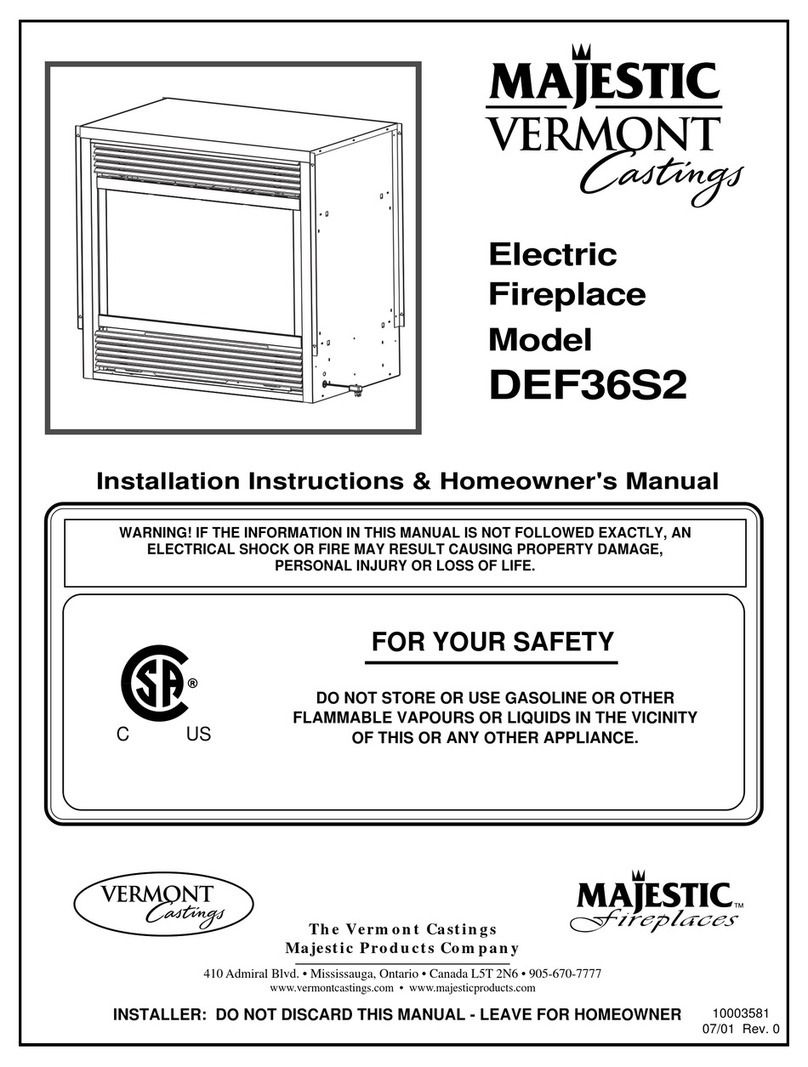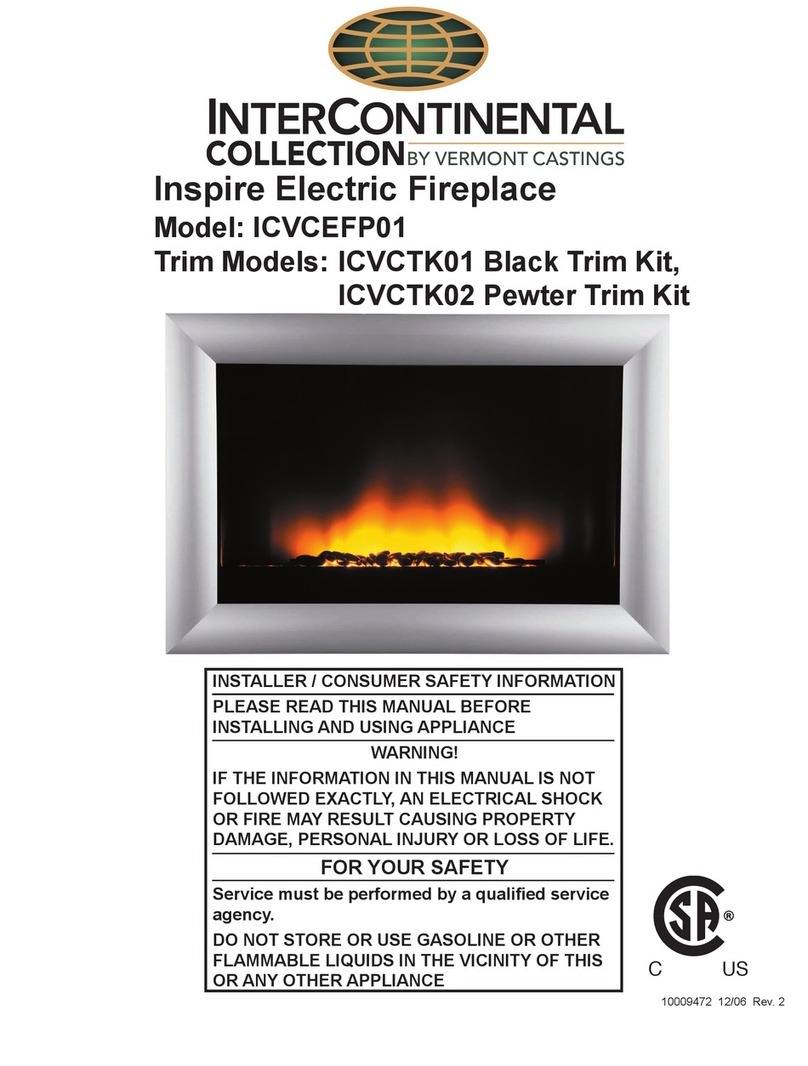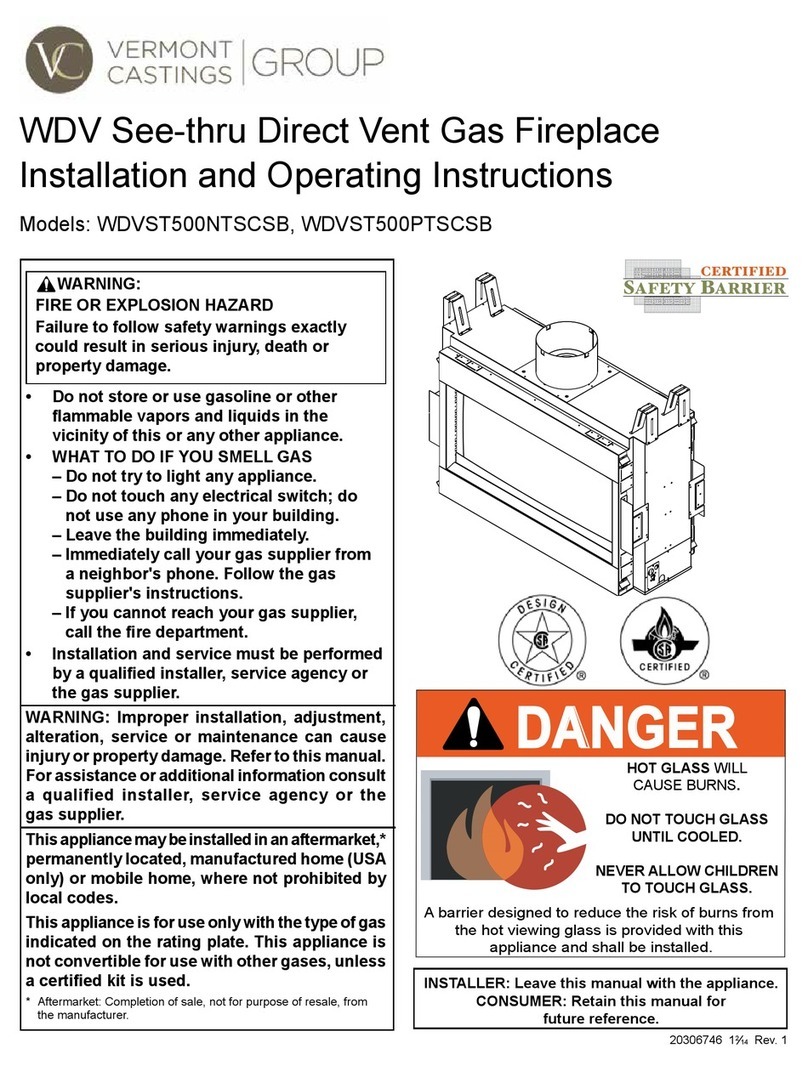Vermont Castings Montpelier Mounting instructions
Other Vermont Castings Indoor Fireplace manuals
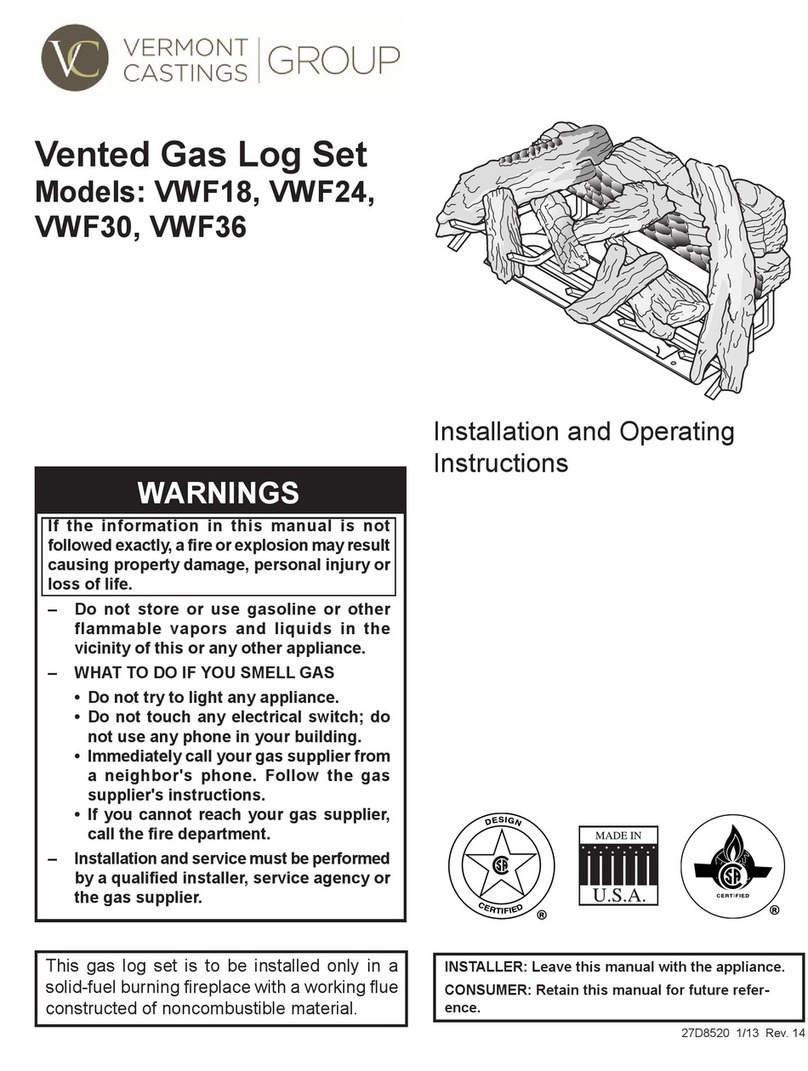
Vermont Castings
Vermont Castings VWF18 User manual
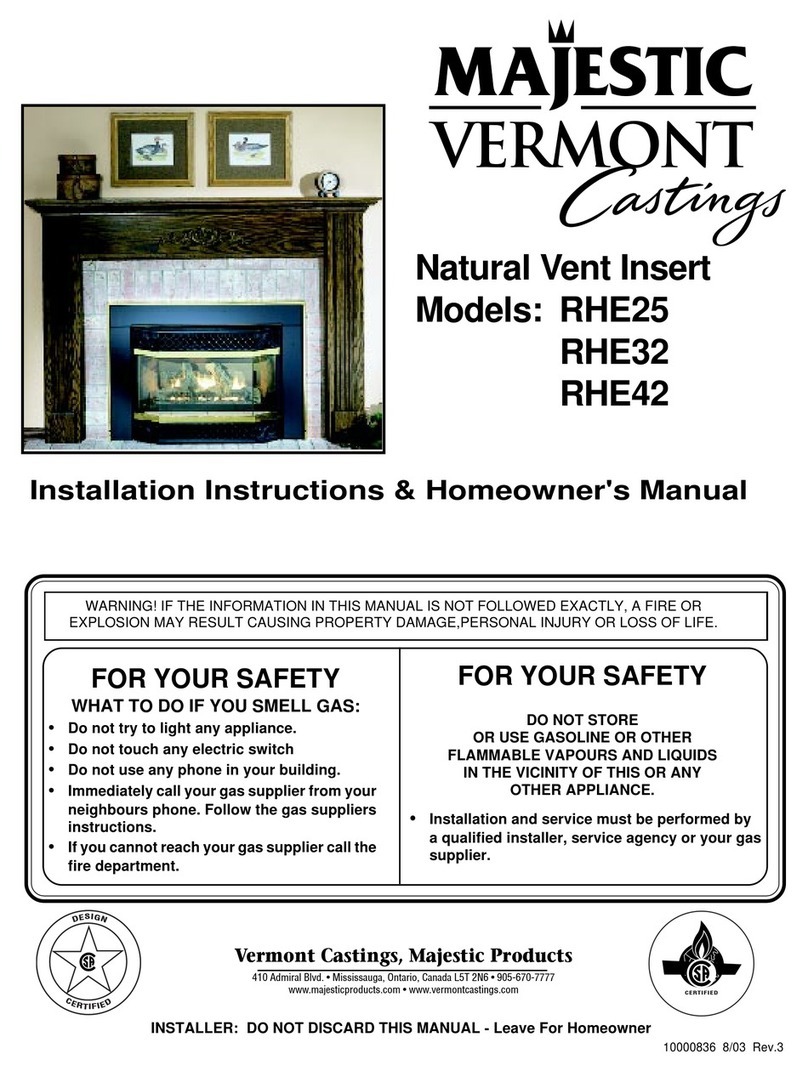
Vermont Castings
Vermont Castings RHE32 User manual
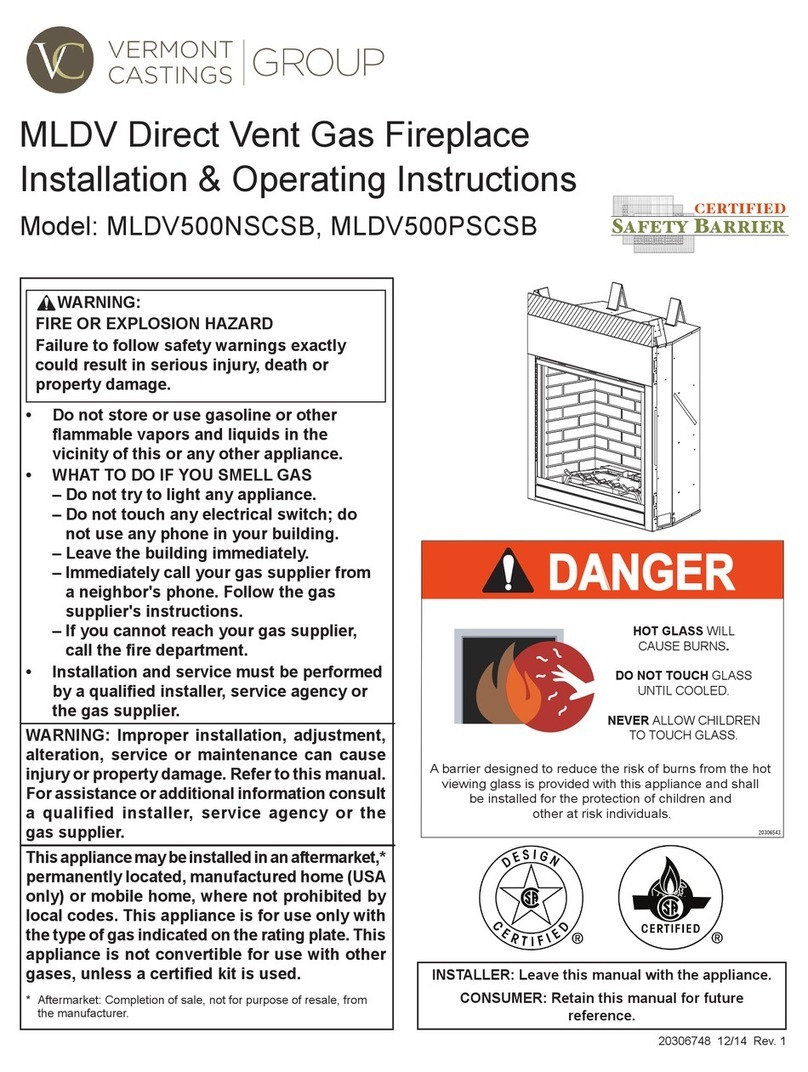
Vermont Castings
Vermont Castings MLDV500NSCSB Manual

Vermont Castings
Vermont Castings EFGM5F0 Assembly instructions
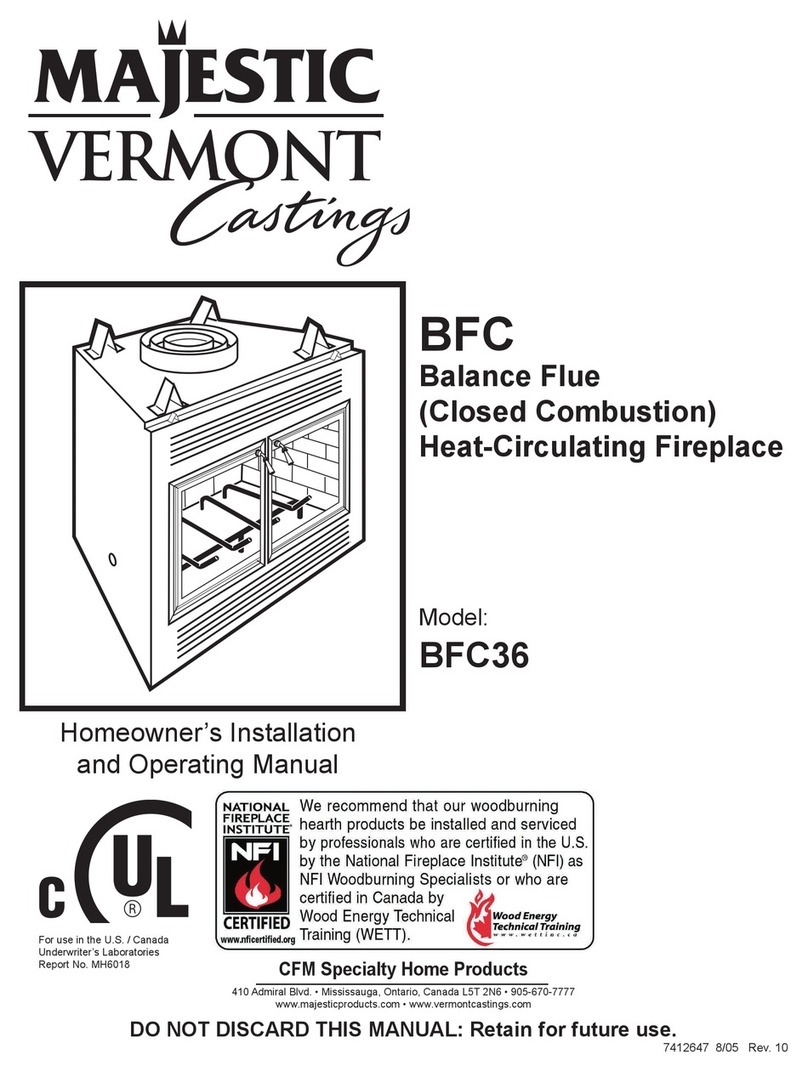
Vermont Castings
Vermont Castings 647 BFC User manual
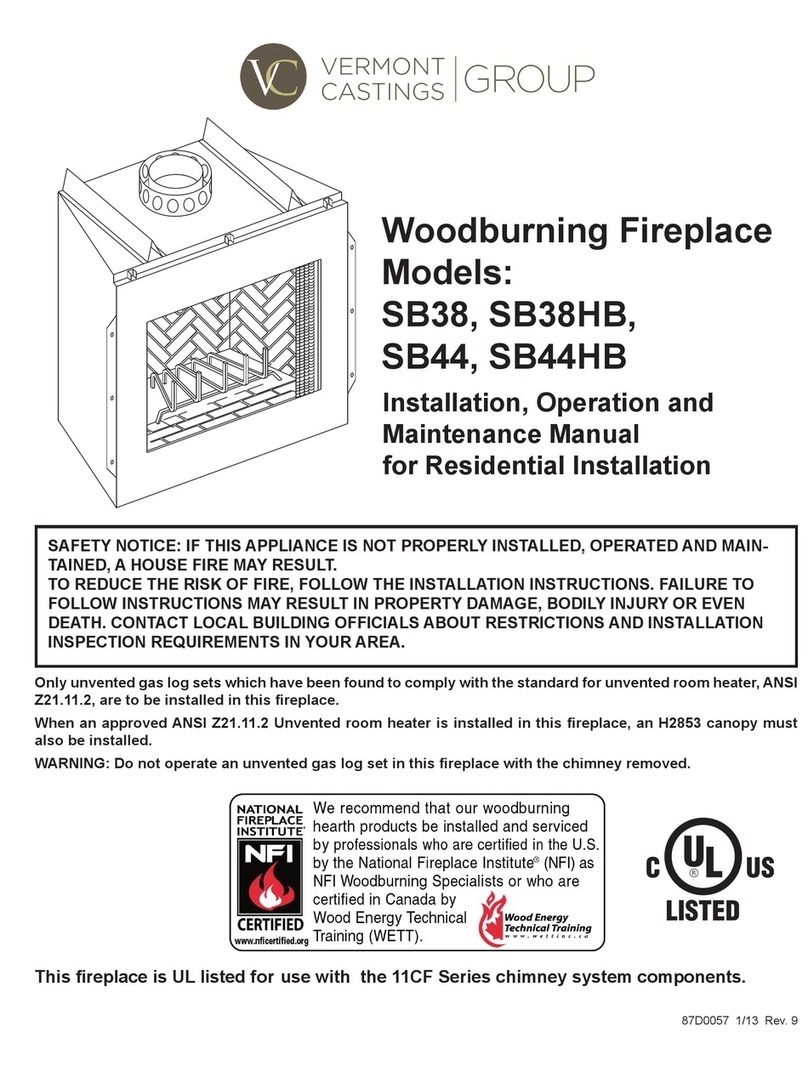
Vermont Castings
Vermont Castings SB38 Installation guide
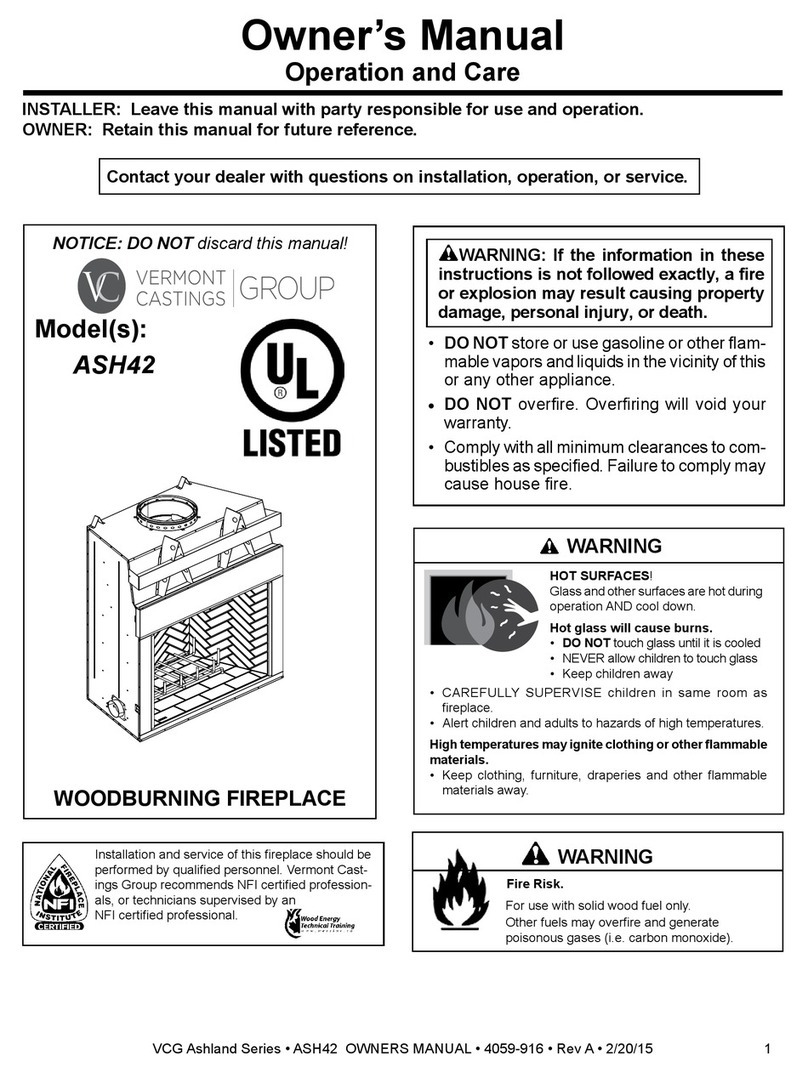
Vermont Castings
Vermont Castings ASH42 User manual
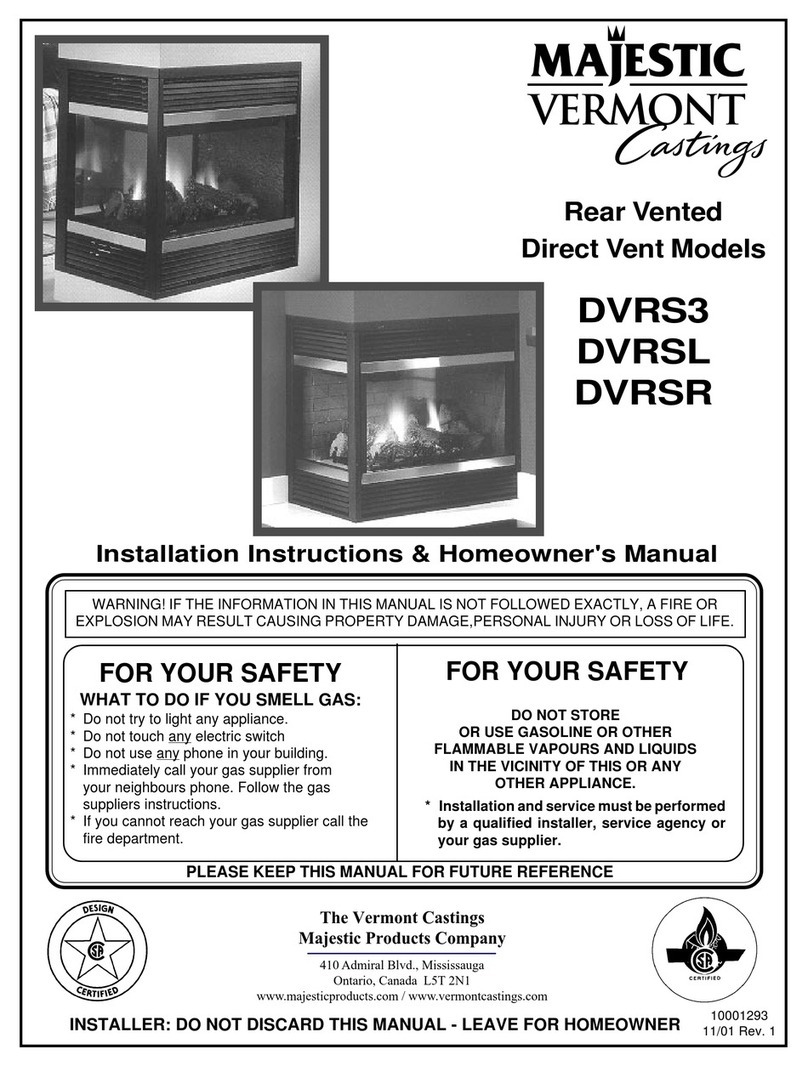
Vermont Castings
Vermont Castings DVRS3 User manual

Vermont Castings
Vermont Castings DEF33 Mounting instructions
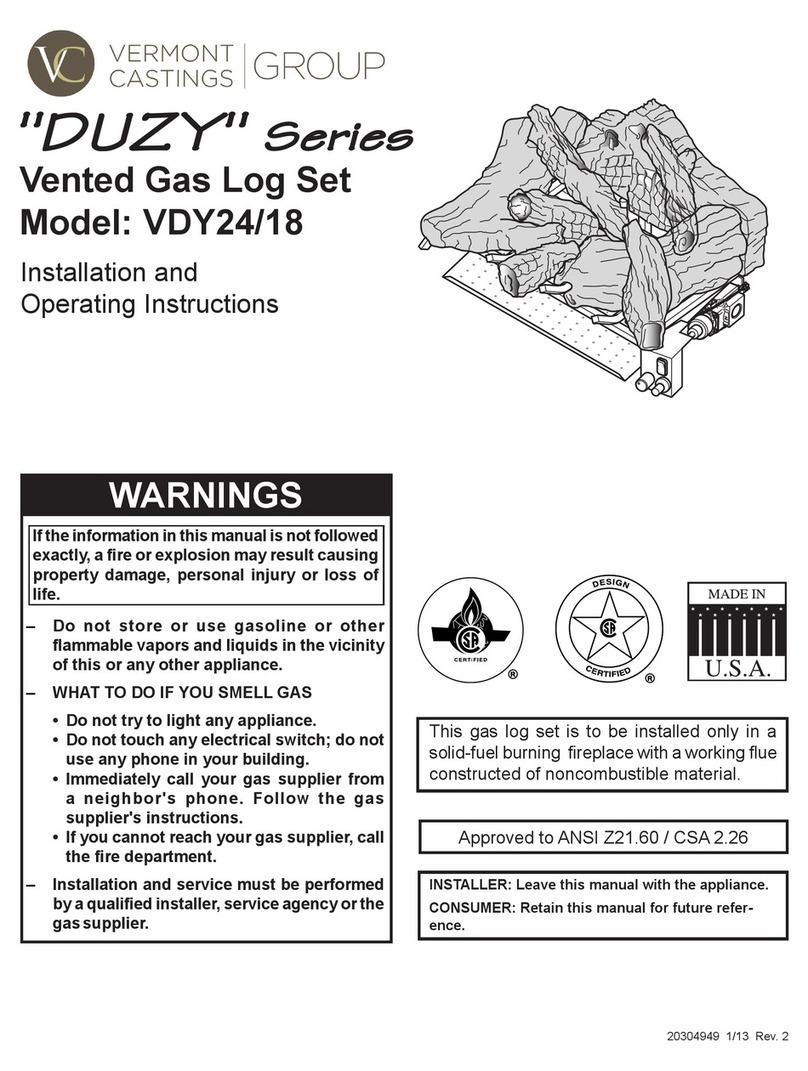
Vermont Castings
Vermont Castings DUZY VDY24/18 User manual
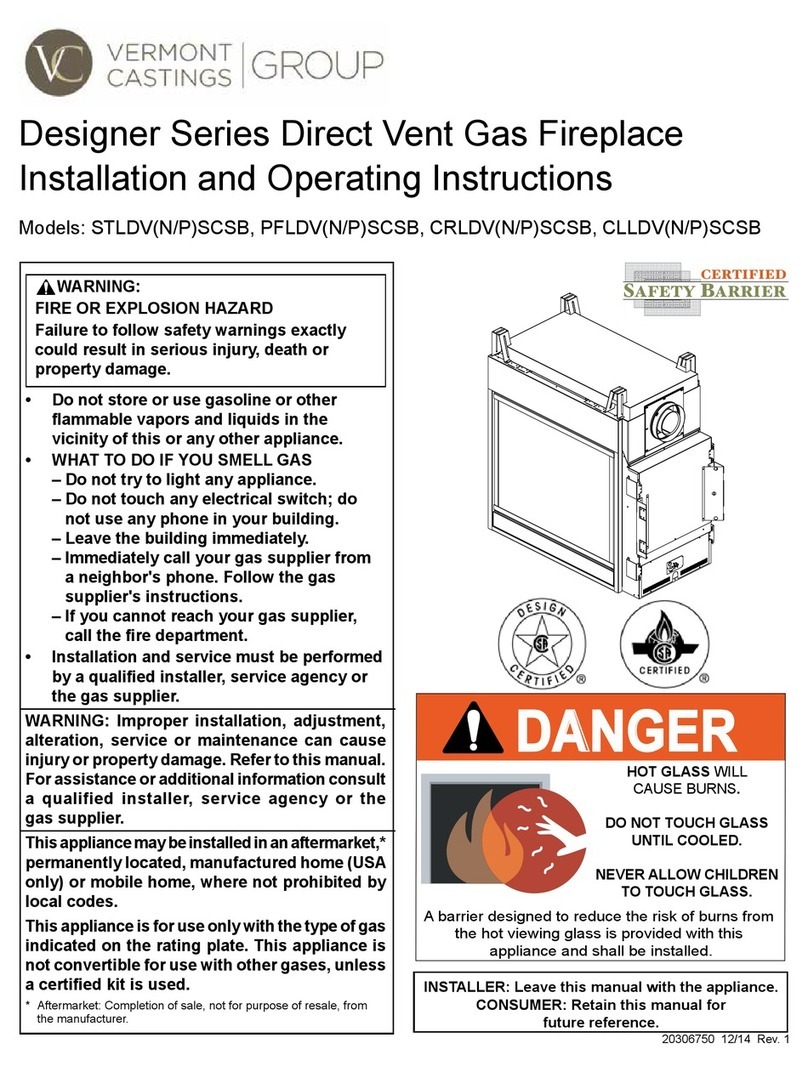
Vermont Castings
Vermont Castings STLDVNSCSB User manual
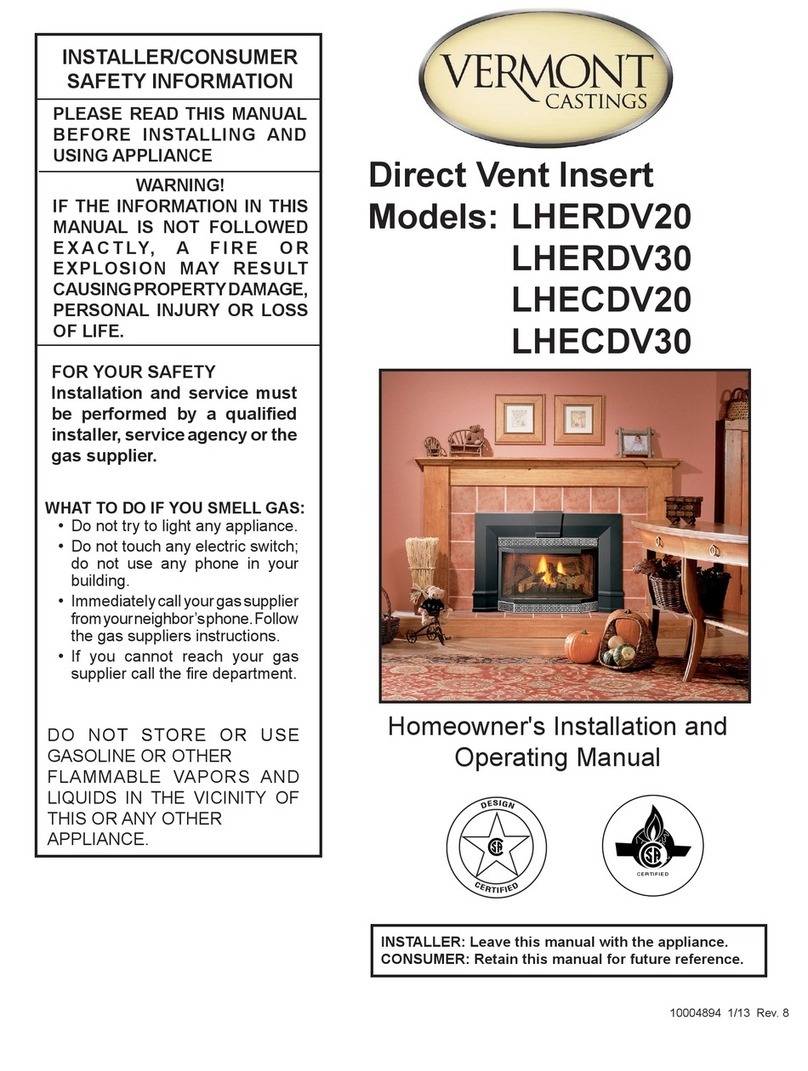
Vermont Castings
Vermont Castings LHERDV20 Quick start guide
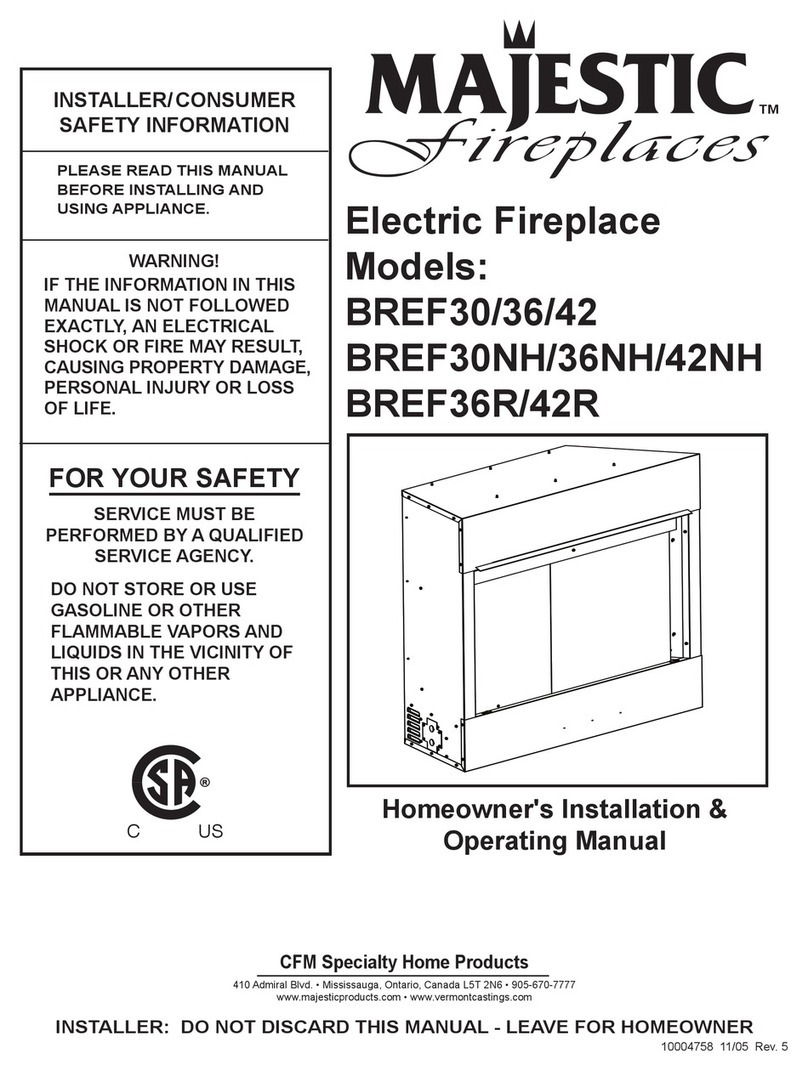
Vermont Castings
Vermont Castings Majestic BREF30 Installation instructions
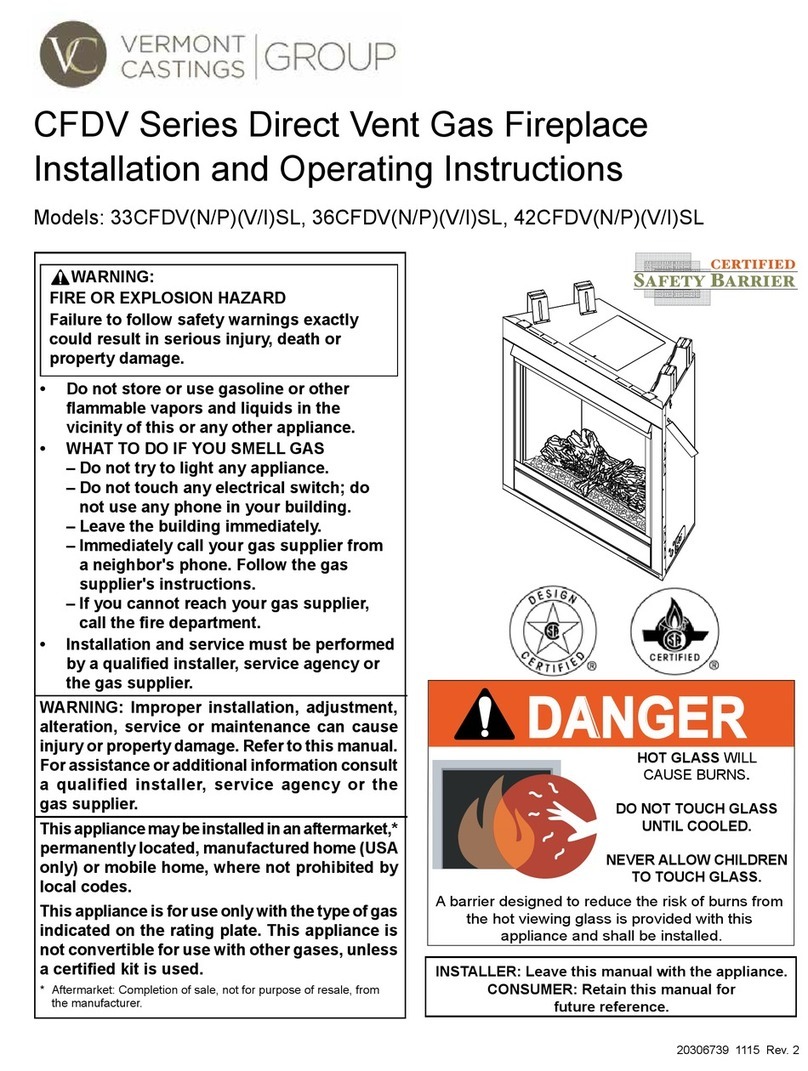
Vermont Castings
Vermont Castings 33CFDVNV User manual
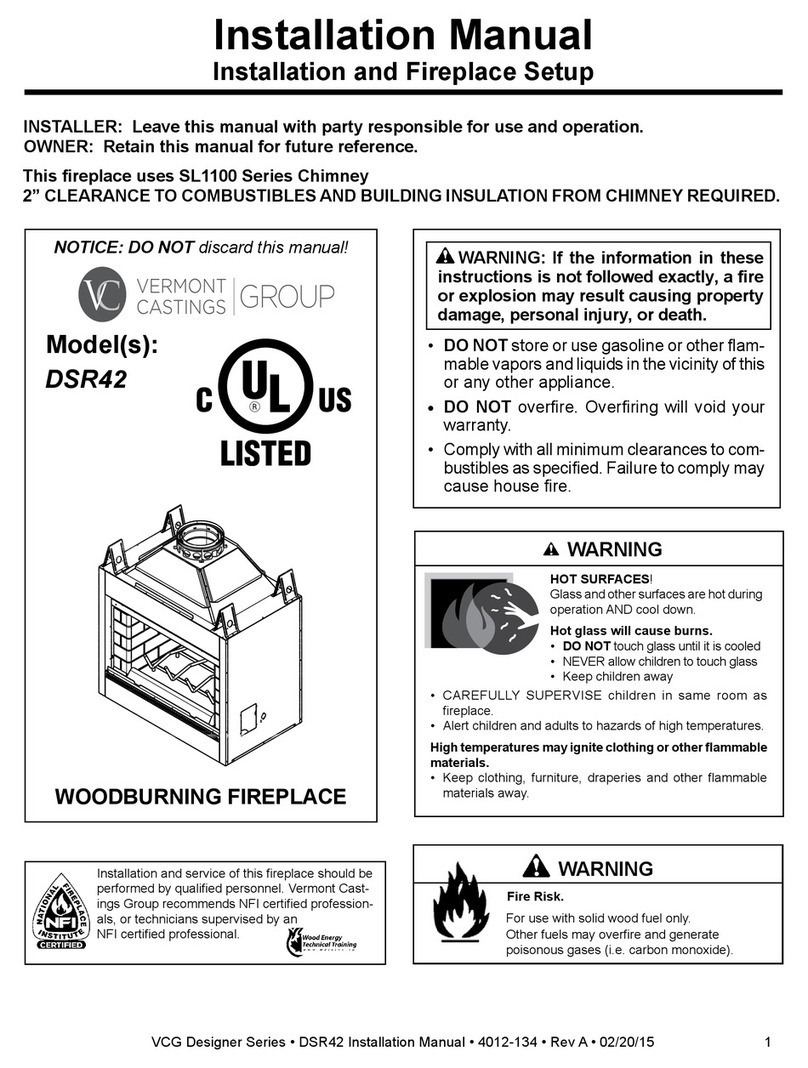
Vermont Castings
Vermont Castings DSR42 User manual
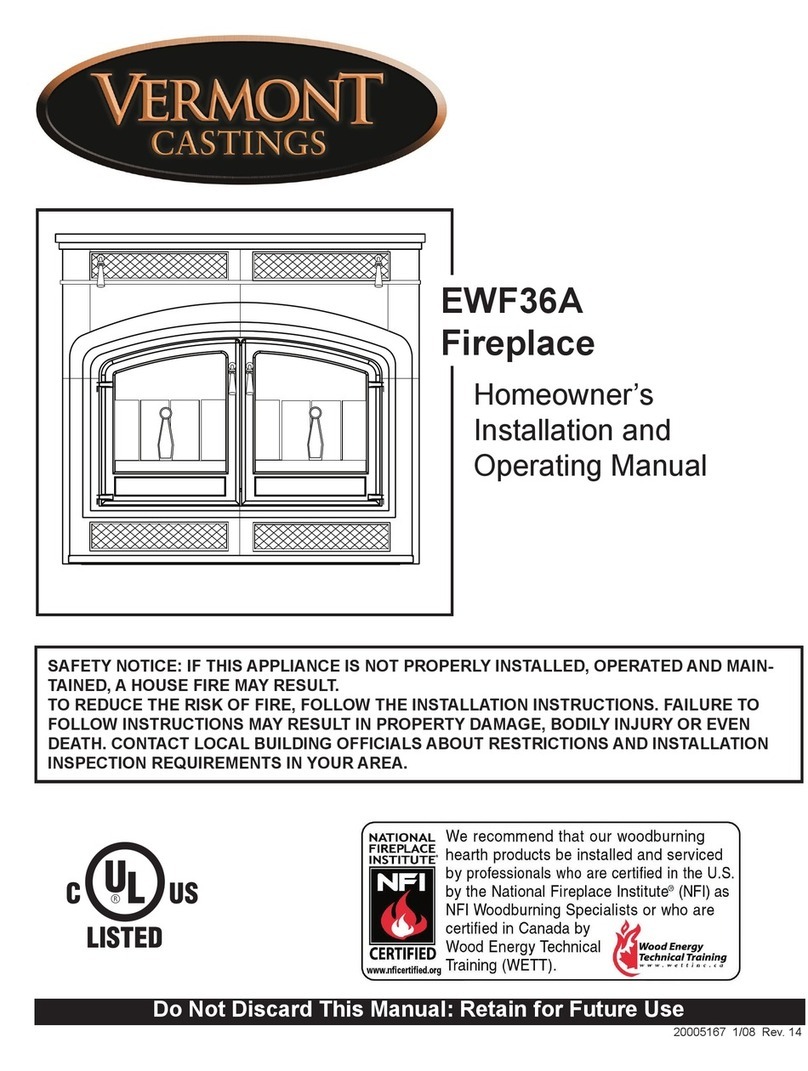
Vermont Castings
Vermont Castings EWF36 Mounting instructions
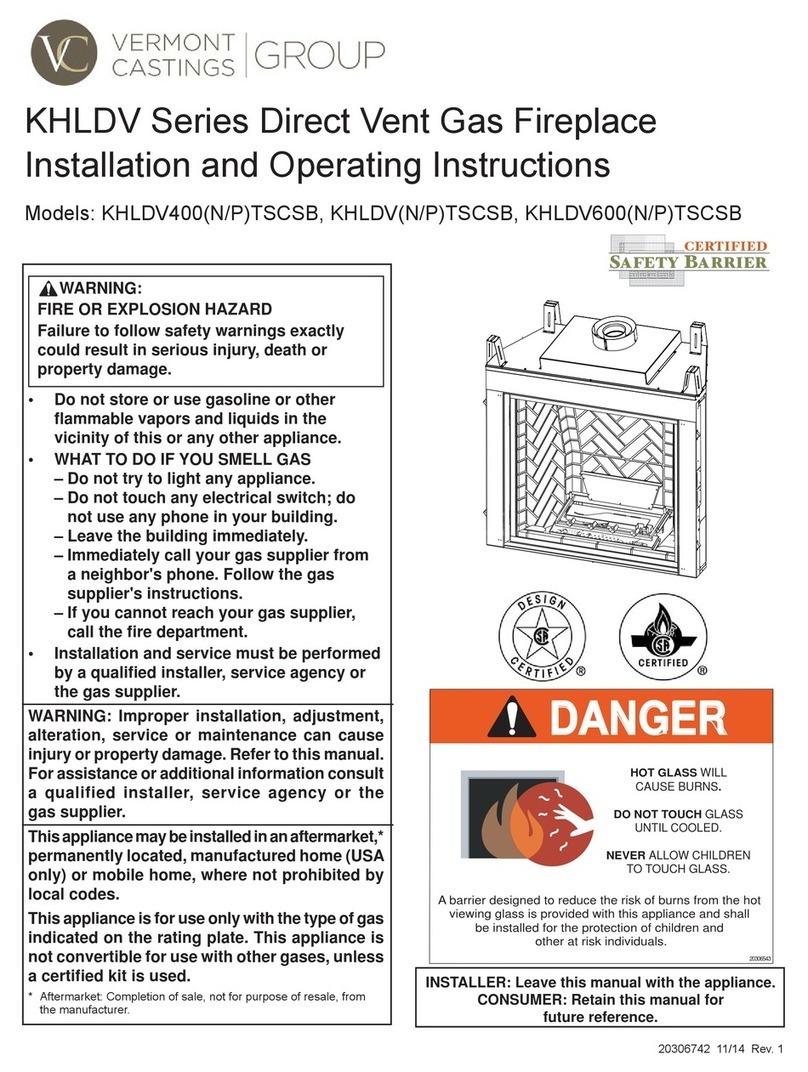
Vermont Castings
Vermont Castings KHLDV400PTSCSB User manual
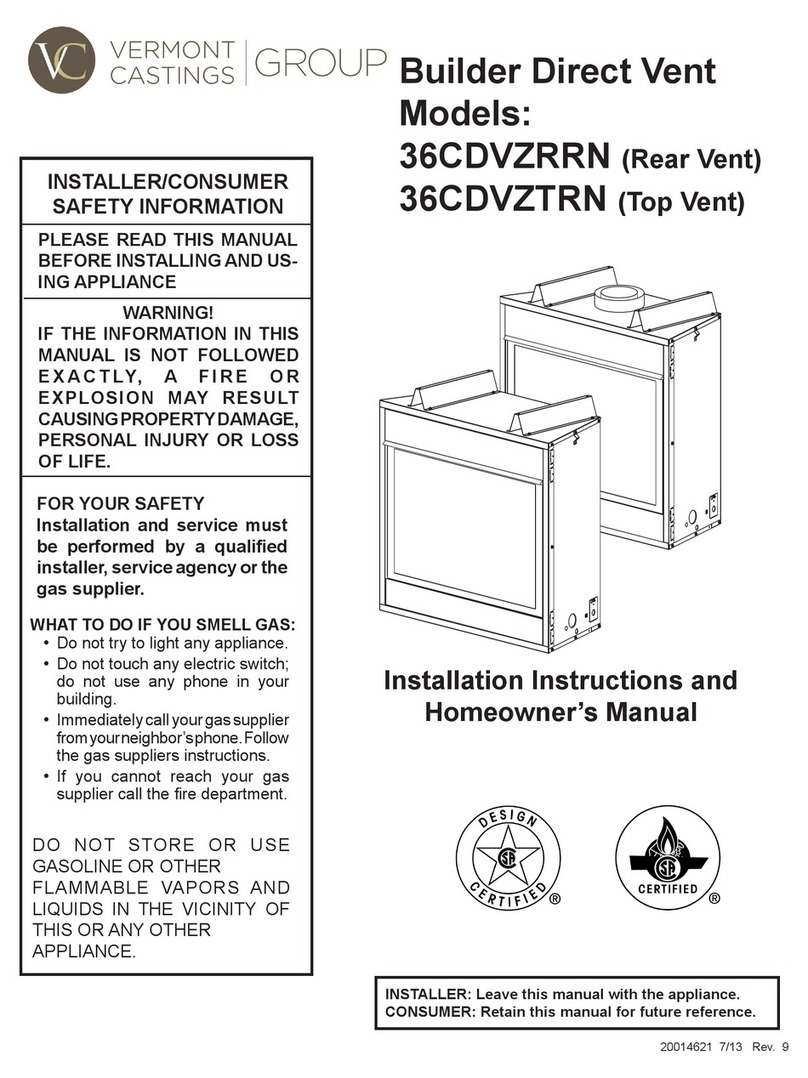
Vermont Castings
Vermont Castings 36CDVZRRN Assembly instructions
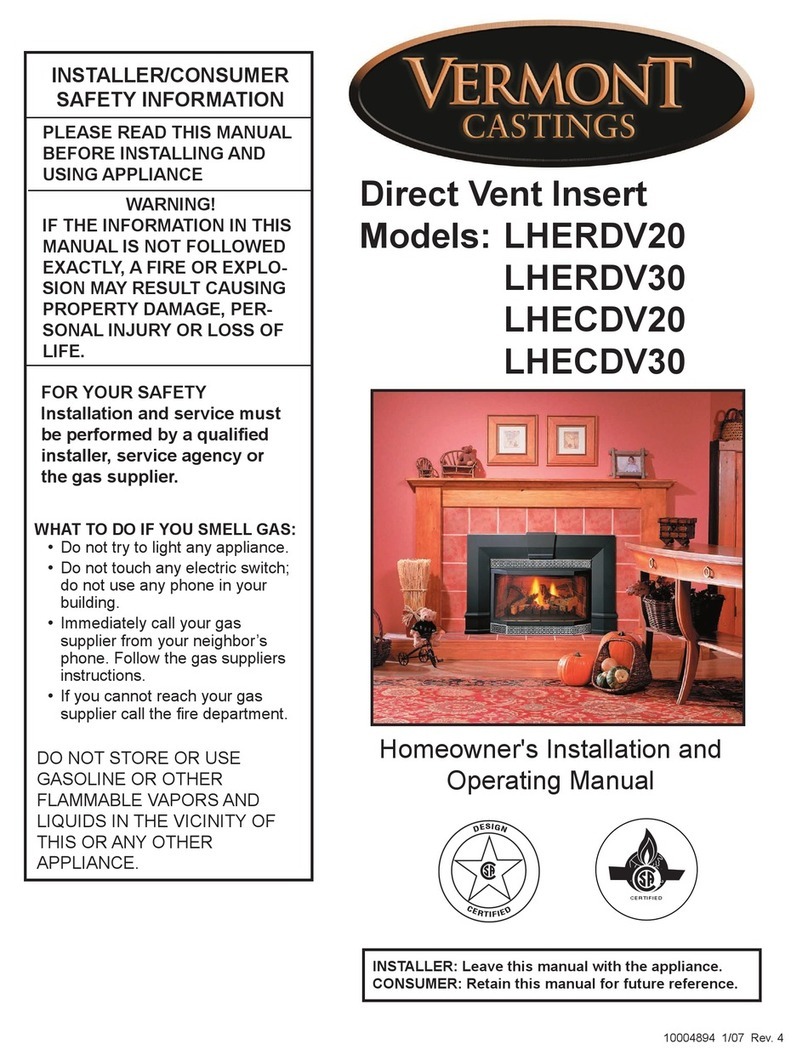
Vermont Castings
Vermont Castings LHECDV30 Mounting instructions
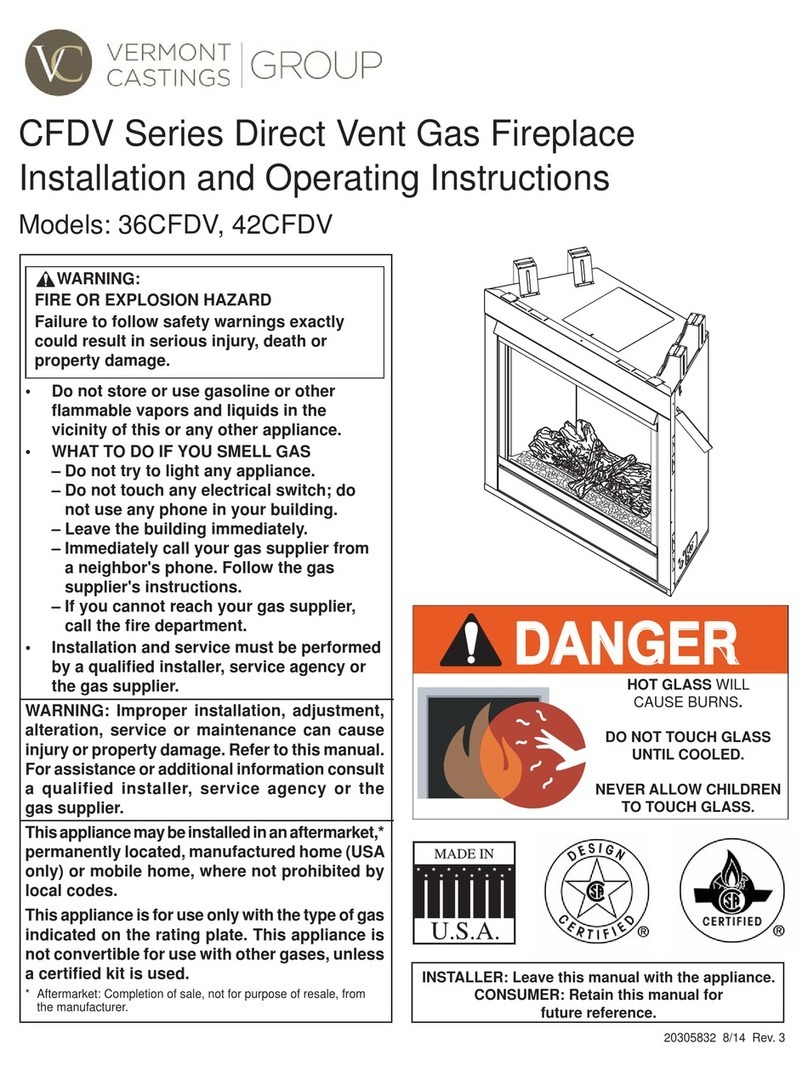
Vermont Castings
Vermont Castings 36CFDV User manual
Popular Indoor Fireplace manuals by other brands
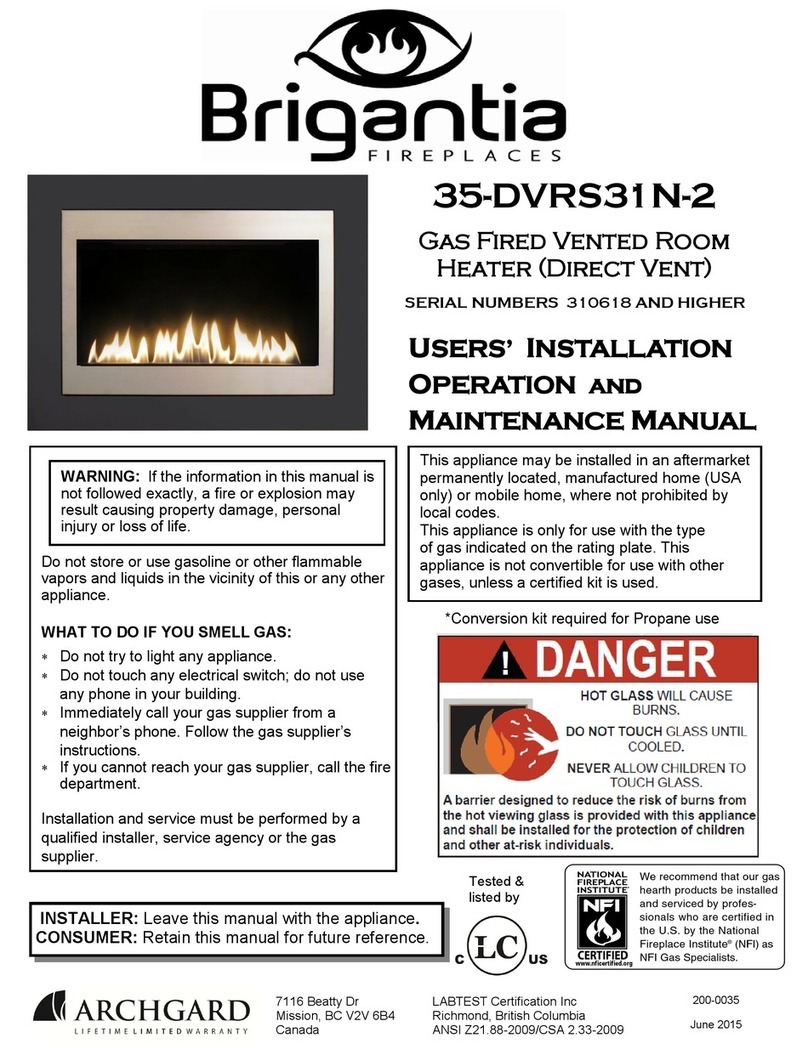
Brigantia
Brigantia 35-DVRS31N-2 User's installation, operation and maintenance manual
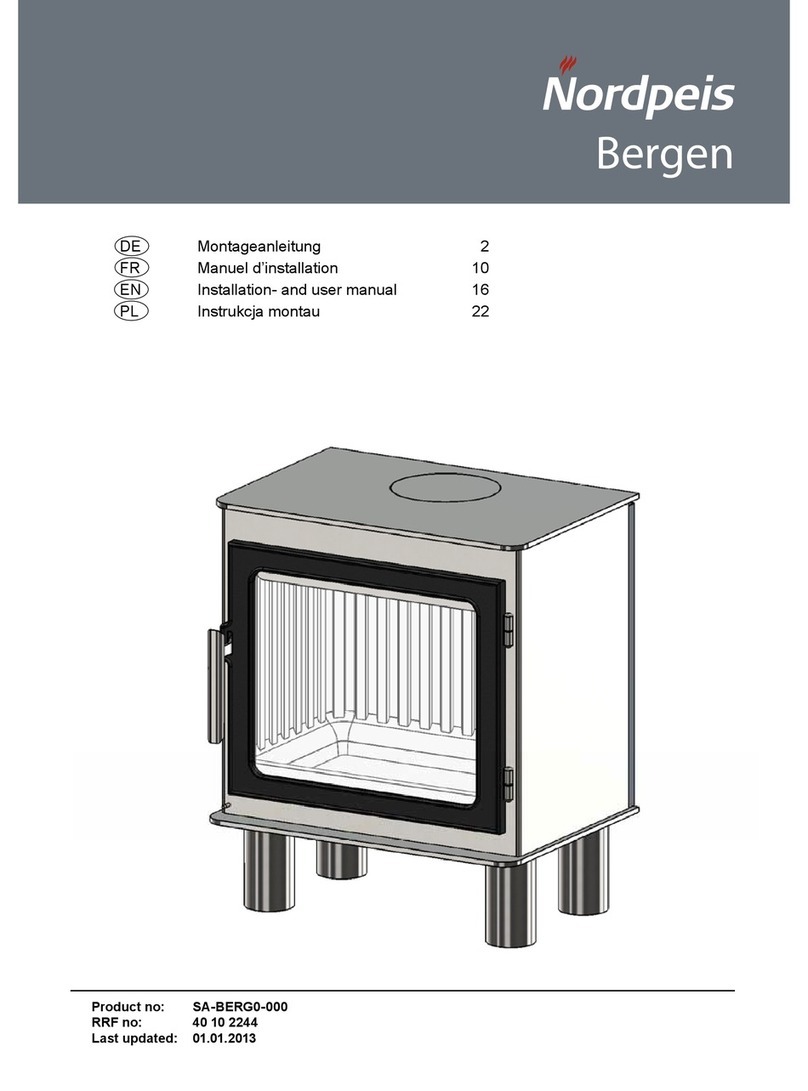
Nordpeis
Nordpeis Bergen Installation and user manual

Superior
Superior BCT2536TMN Installation and operation instructions

Quadra-Fire
Quadra-Fire 5100I-GD-B owner's manual
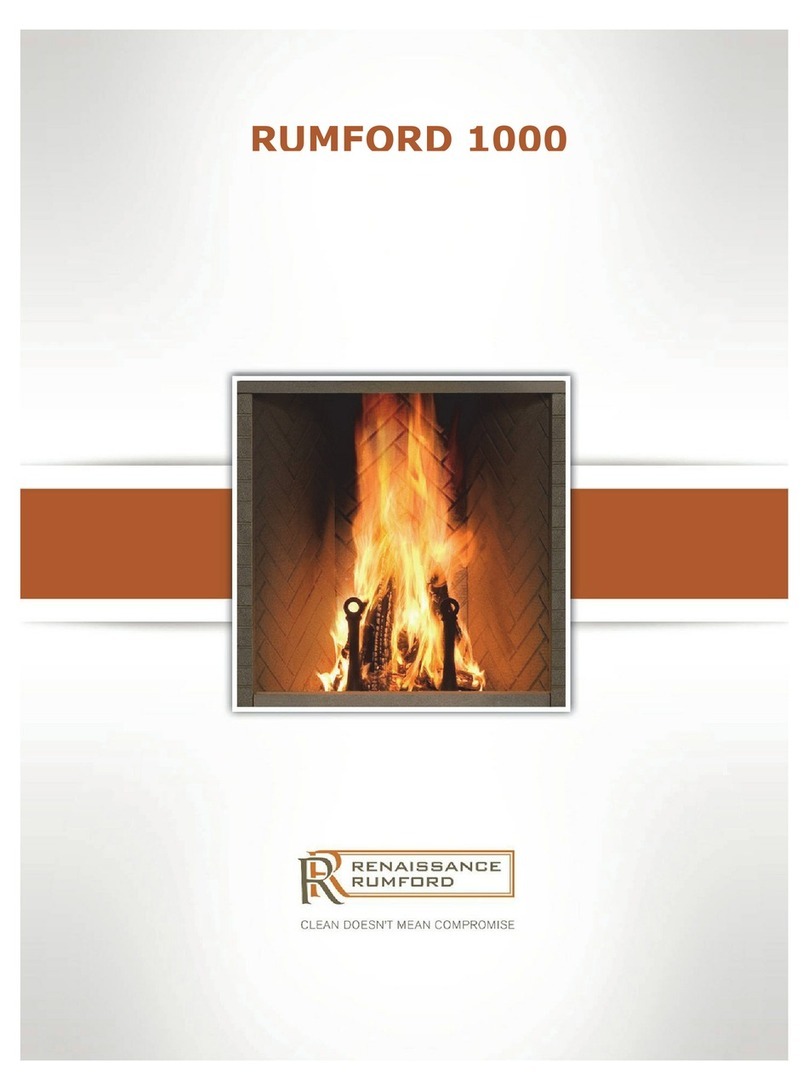
Renaissance
Renaissance RUMFORD 1000 user manual
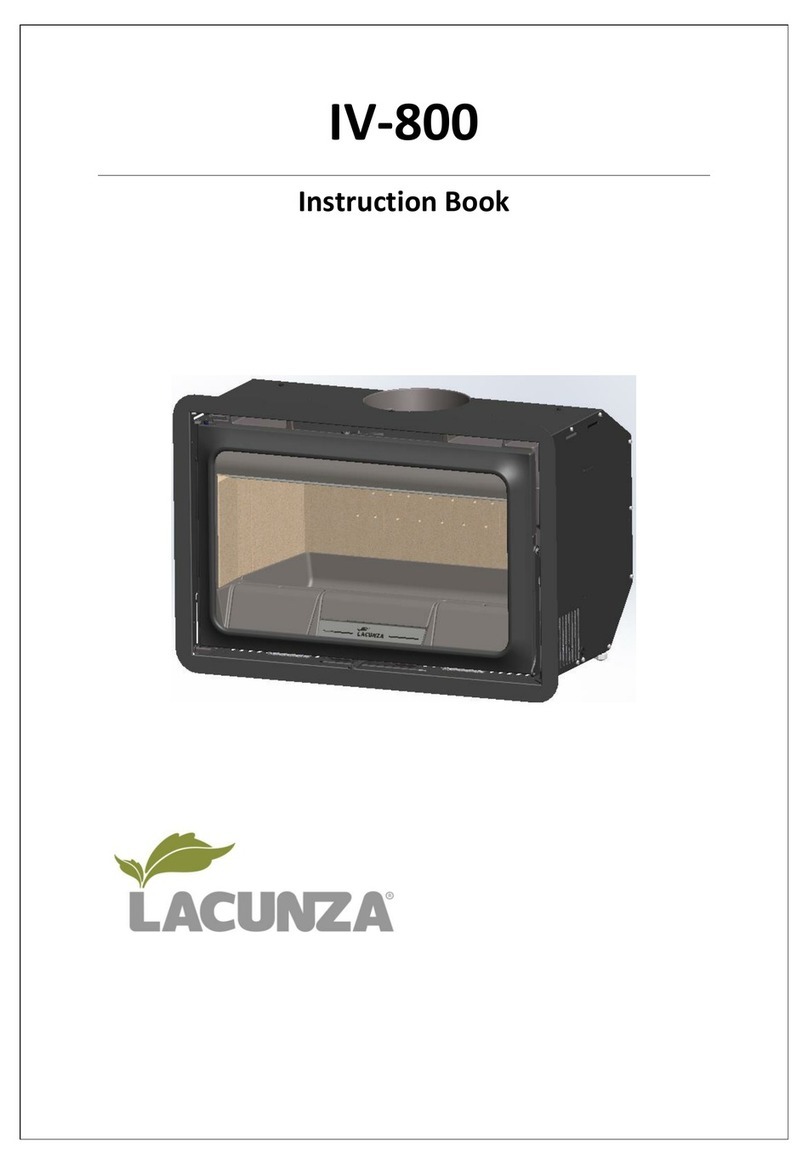
Lacunza
Lacunza IV-800 Instruction book
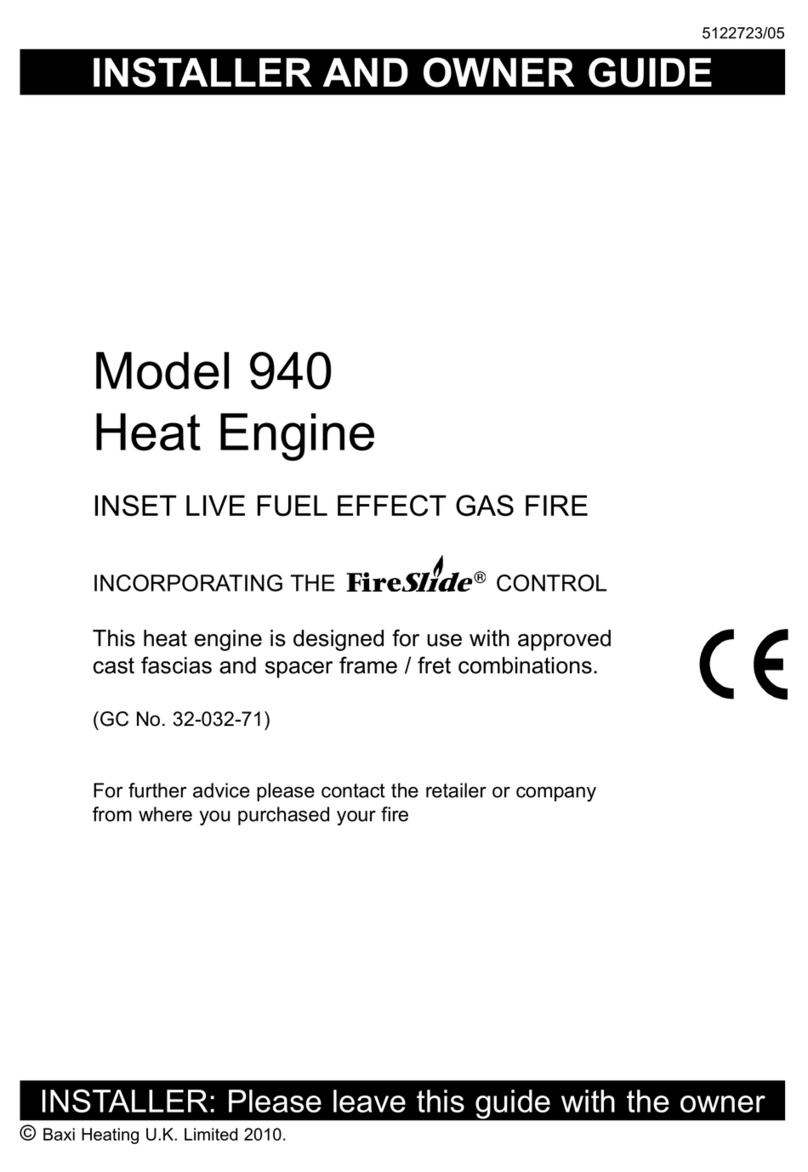
Baxi
Baxi 940 Installer and owner guide
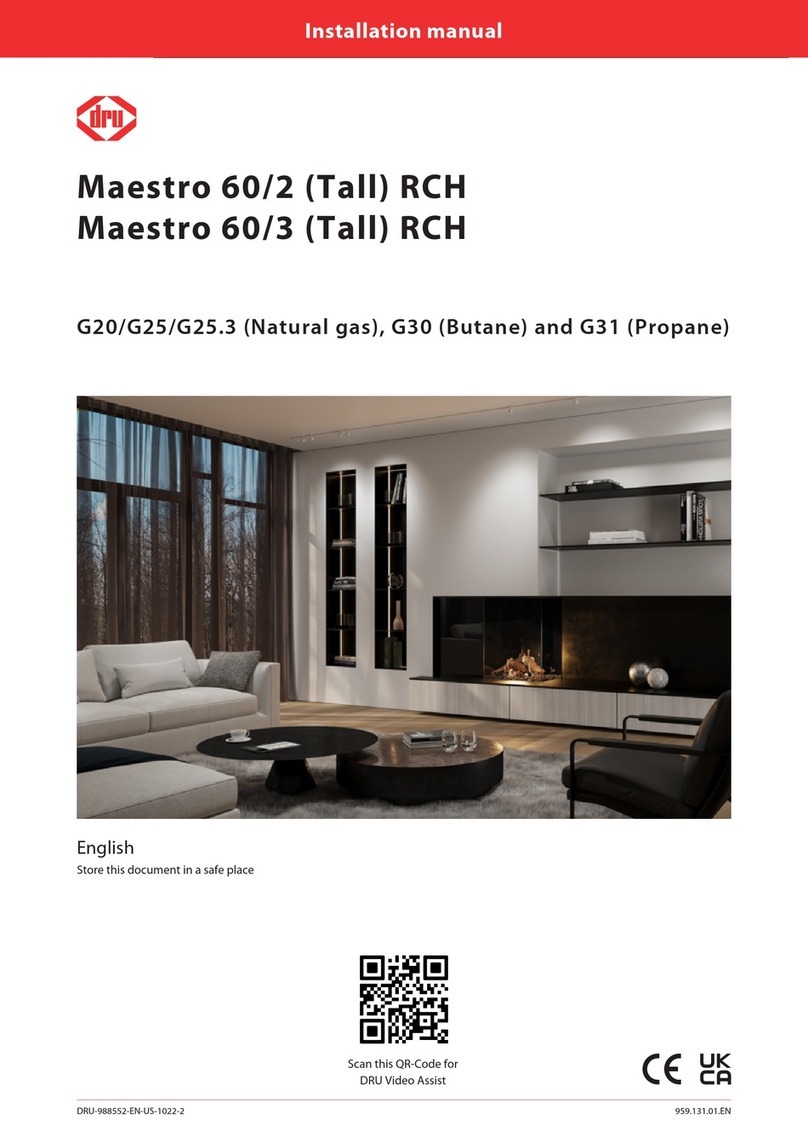
Dru
Dru Maestro 60/2 Tall RCH installation manual
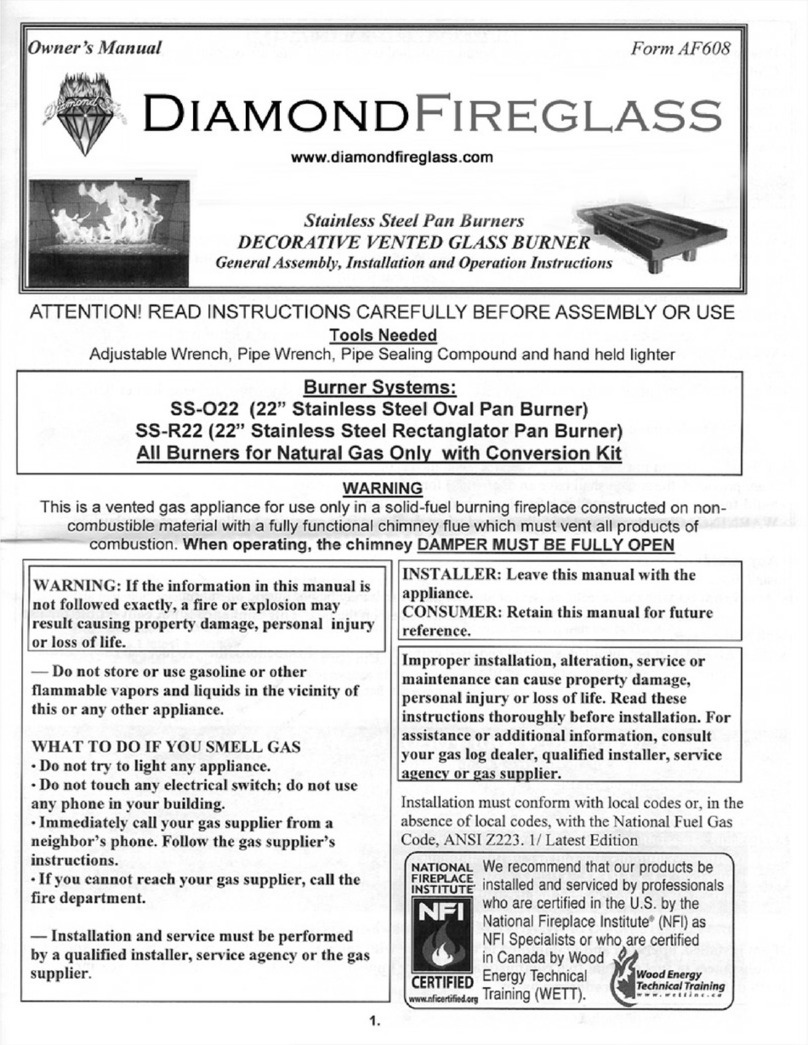
Diamond Fireglass
Diamond Fireglass SS-O22 General assembly, installation, and operation instructions

HearthStone
HearthStone Windsor Bay 8830 Owner's manual and installation guide

Napoleon
Napoleon ASCENT B42 quick start guide
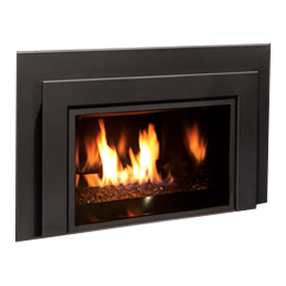
Enviro
Enviro E33GI owner's manual
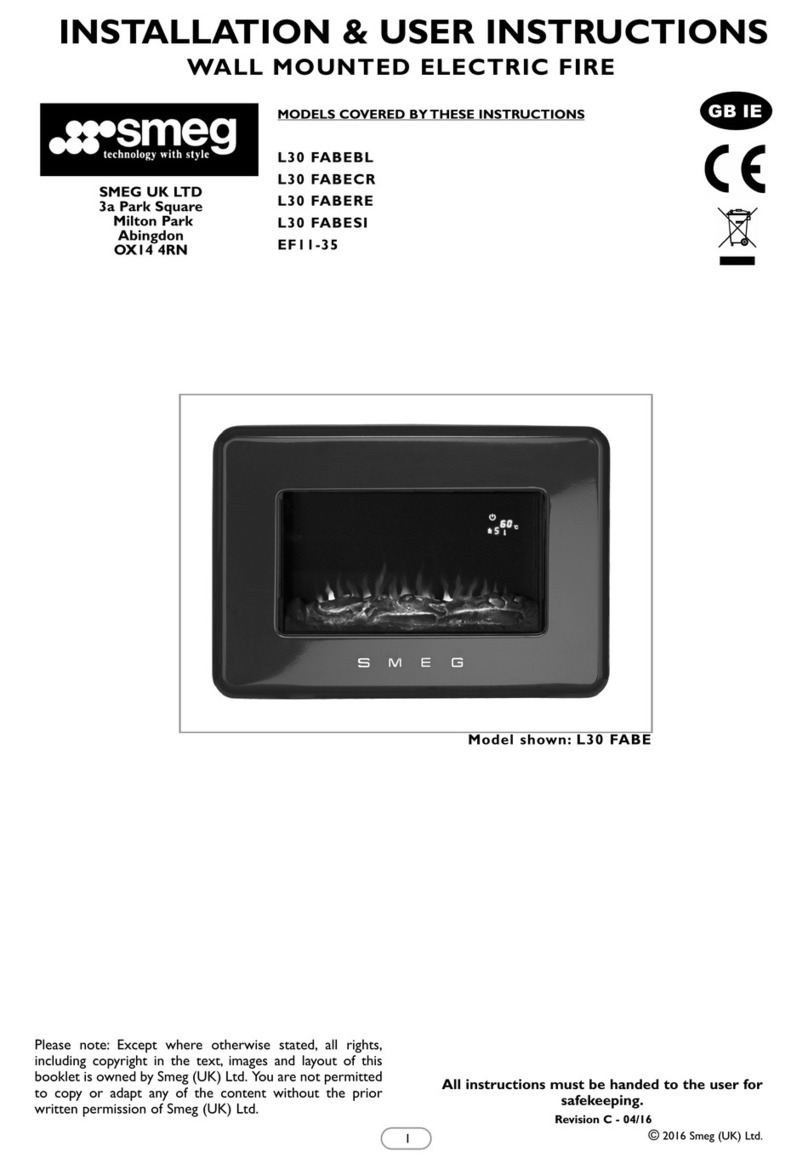
Smeg
Smeg L30 FABE Installation & user's instructions

KEDDY
KEDDY K700 Installation instructions care and firing instructions
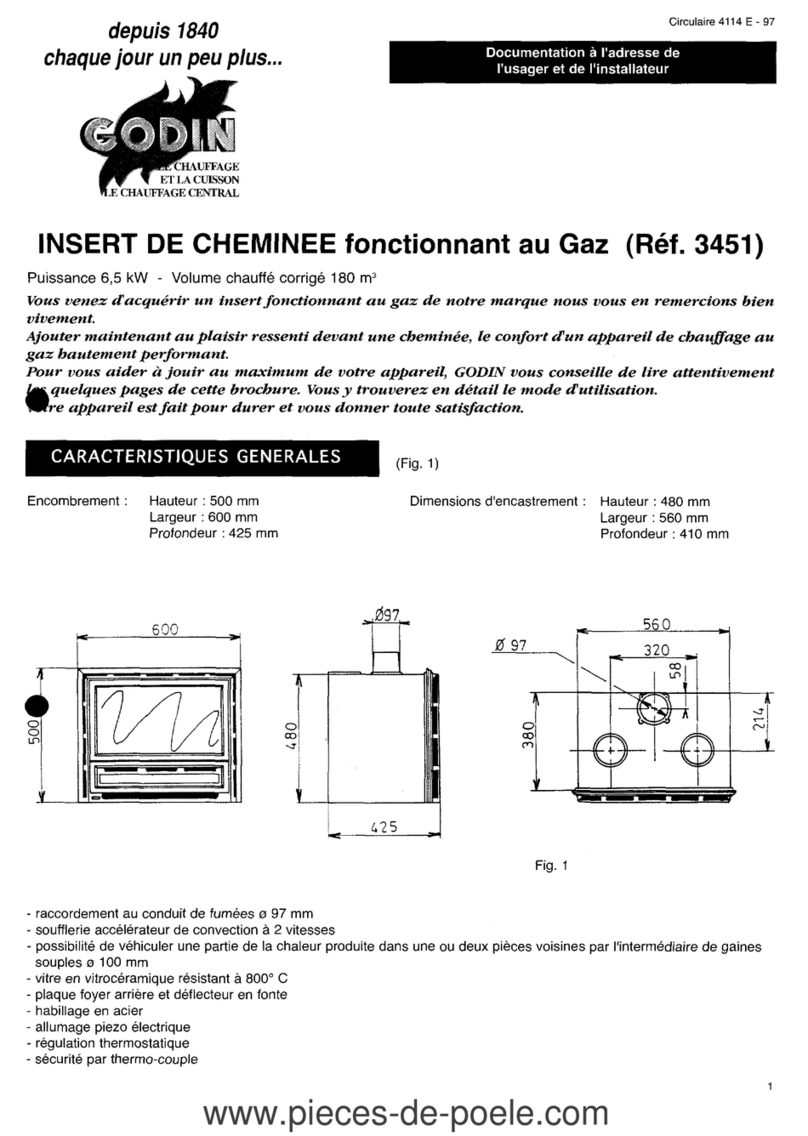
Godin
Godin 3451 manual
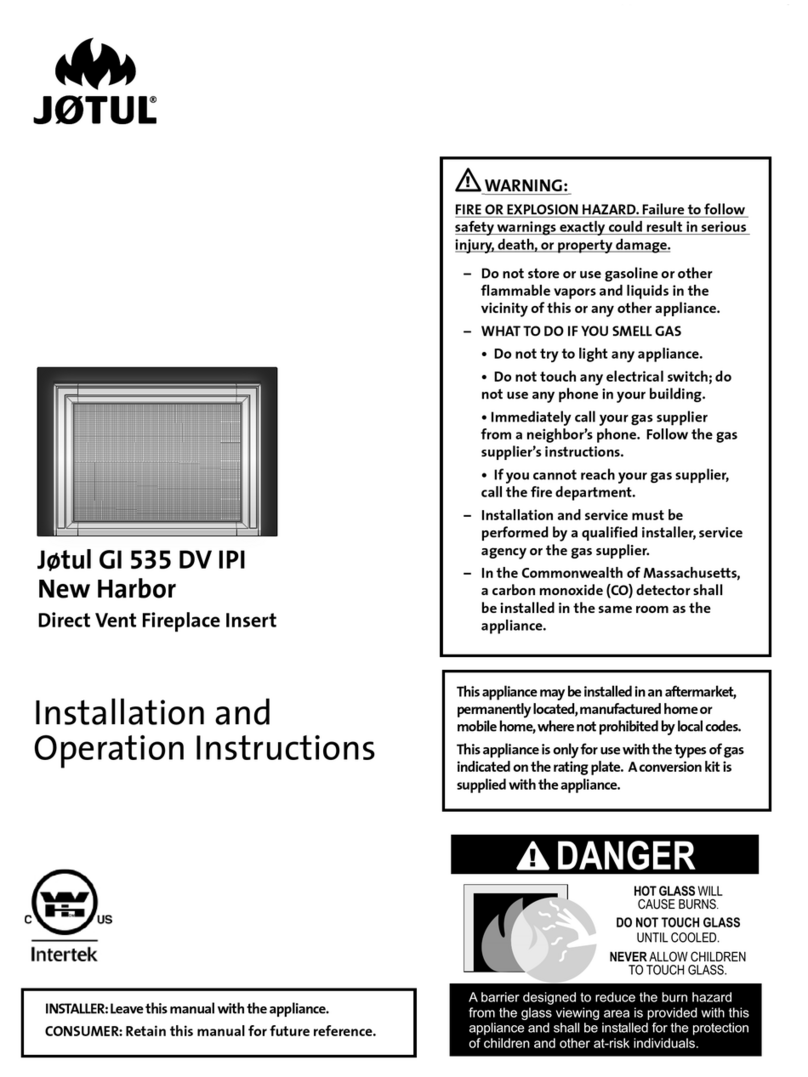
Jøtul
Jøtul Jotul GI 535 DV IPI New Harbor Installation and operation instructions
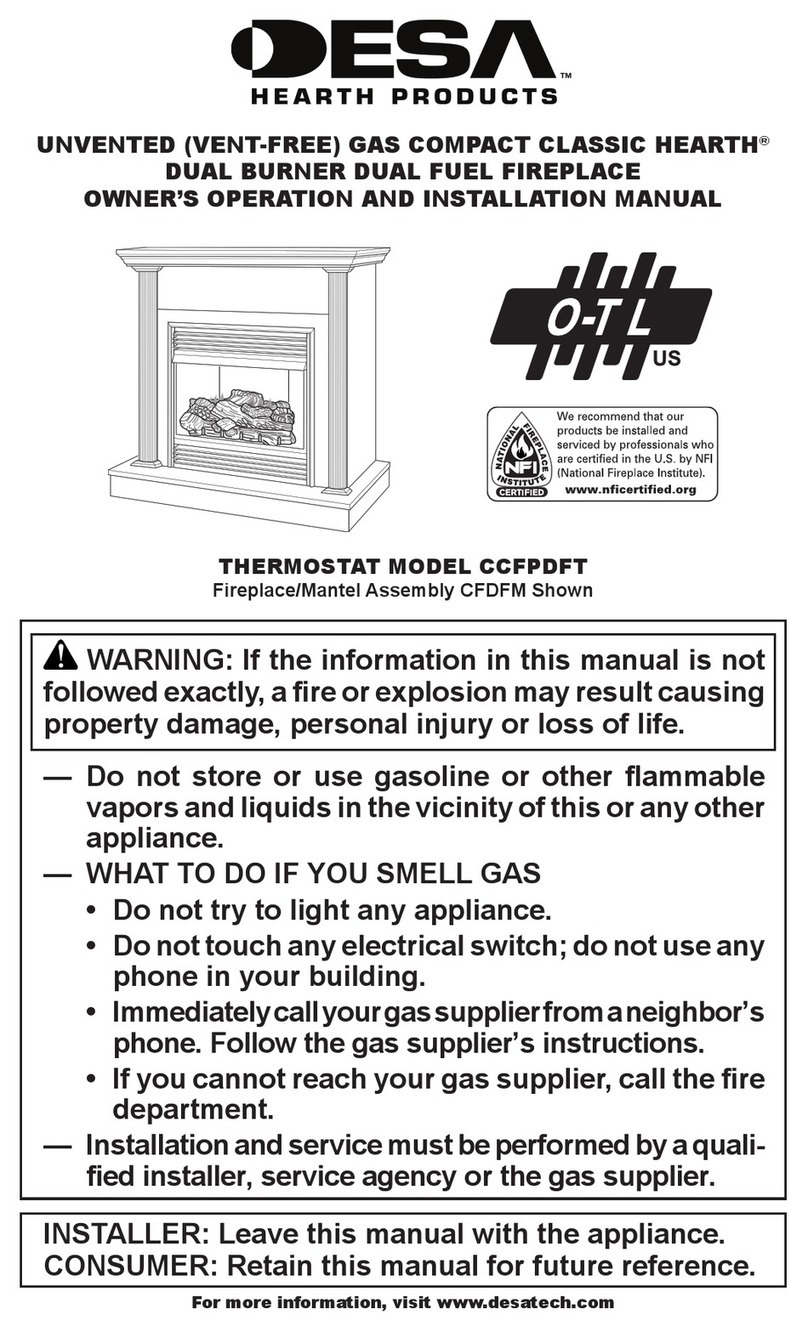
Desa
Desa CCFPDFT Owner's operating & installation manual

Miles Industries
Miles Industries Vogue 1300IRN Installation & operating instructions
